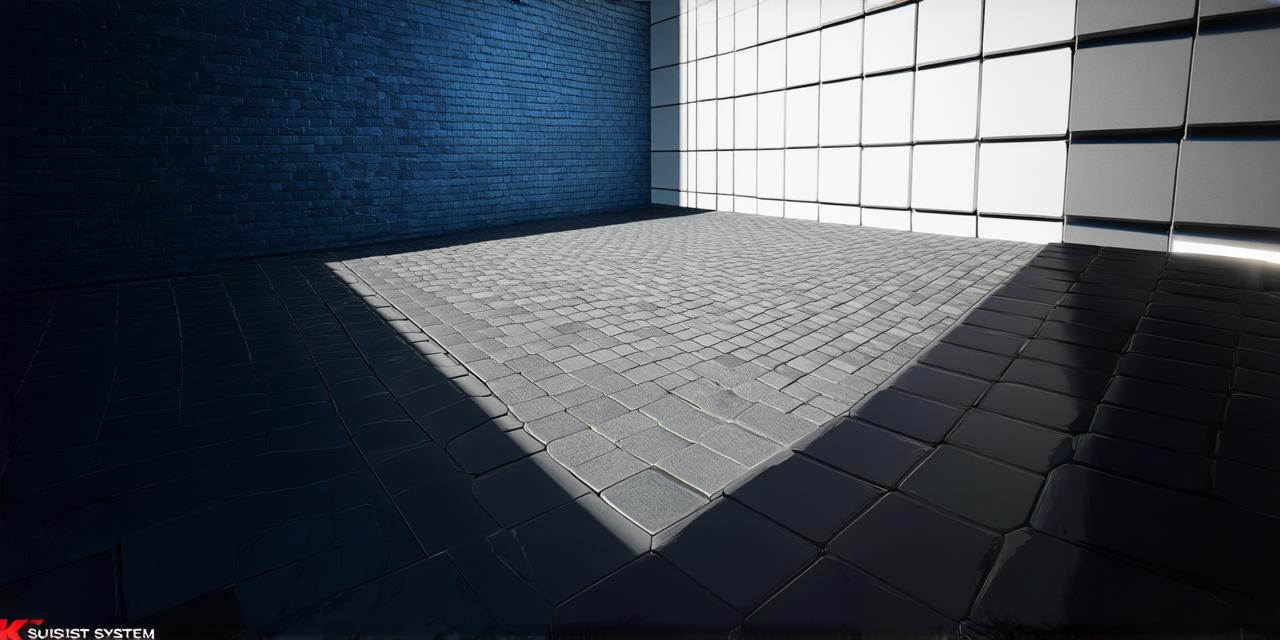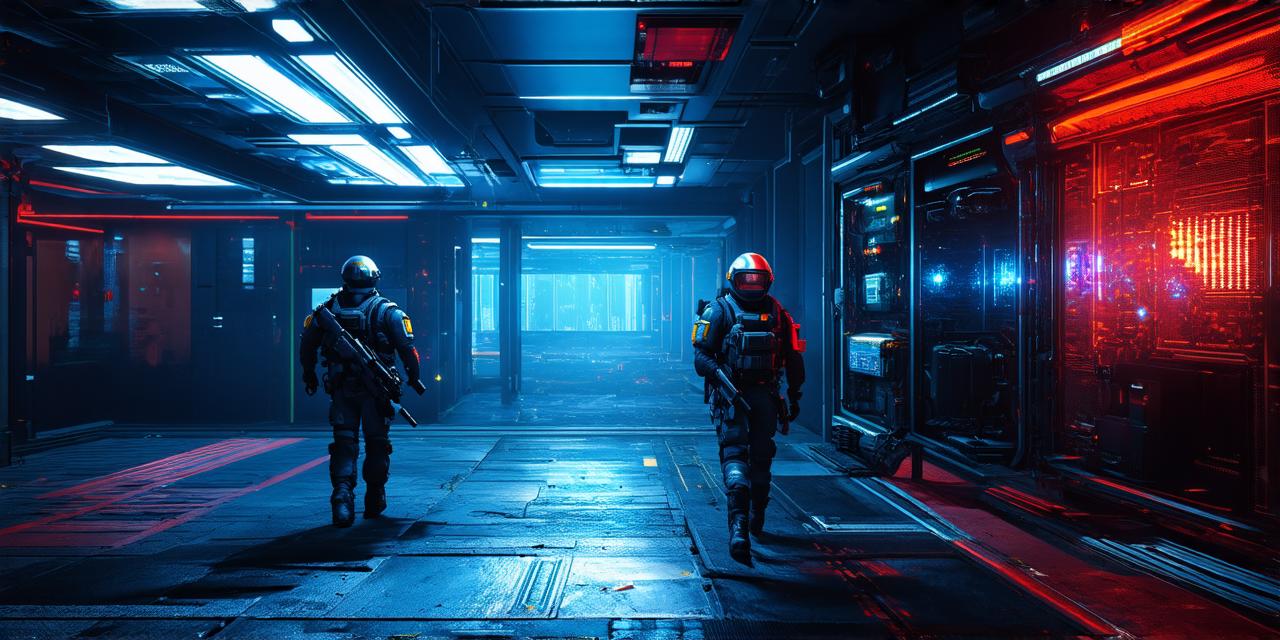
Unity Tiling Systems
Unity is one of the most popular game engines used by developers worldwide. One of the key features that make Unity stand out from other engines is its ability to create stunning 3D graphics with ease.
However, creating 3D environments can be a complex task, especially when it comes to tiling systems.
What is a Tiling System?
A tiling system is a technique used to create large, seamless 3D environments in Unity. It involves using a series of smaller, repeating textures or objects to fill a larger space. By layering these smaller elements together, you can create a believable and visually appealing environment without the need for complex modeling or texturing techniques.
Types of Tiling Systems
There are several different types of tiling systems that you can use in Unity, including:
- 2D Tiling: This type of tiling is commonly used for creating 2D environments such as games or animations. It involves using a series of smaller textures or objects to fill a larger space.
2. 3D Tiling: As the name suggests, this type of tiling is used for creating 3D environments. It involves using a series of smaller, repeating objects or meshes to fill a larger space.
3. Procedural Tiling: This type of tiling uses mathematical algorithms to generate textures and objects on the fly. It can be especially useful for creating large, open worlds where it would be impractical to create all the assets manually.
Benefits of Using Tiling Systems in Unity
There are several benefits to using tiling systems in Unity:
- Efficiency: Tiling systems allow you to create large, seamless environments quickly and efficiently. By reusing assets and layering smaller elements together, you can save time and resources while still achieving a high level of visual quality.
2. Consistency: Tiling systems help to maintain consistency throughout your project by allowing you to use the same assets in multiple areas. This not only saves time, but also helps to create a more cohesive and visually appealing environment.
3. Scalability: Tiling systems allow you to easily scale up or down as needed, making them ideal for creating environments that need to be adapted to different screen sizes or resolutions.
4. Flexibility: Tiling systems can be customized to suit your specific needs, allowing you to create unique and visually appealing environments without sacrificing performance.
Common Problems with Tiling Systems in Unity
While tiling systems offer many benefits, they can also present some challenges for developers. Here are a few common problems that you may encounter:
- Performance Issues: Depending on the complexity of your assets and the size of your environment, tiling systems can sometimes cause performance issues. This is especially true if you are using a large number of objects or textures in a small space.



